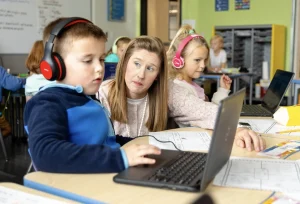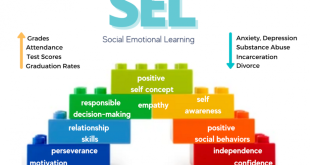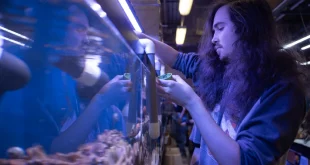The idea of preparing students for the workforce may seem premature for first graders, but early exposure to essential skills and concepts can lay a strong foundation for their future careers. This article explores how workforce preparation can be integrated into the curriculum and activities for young learners, fostering skills that will benefit them throughout their academic and professional lives.
Key Components of Early Workforce Preparation 1. Basic Life Skills
1. Basic Life Skills
- Responsibility and Independence: Teaching students to take care of their belongings, complete simple tasks, and be accountable for their actions fosters a sense of responsibility.
- Time Management: Introducing concepts of time, such as schedules and routines, helps students learn how to manage their time effectively.
2. Social Skills Development
- Teamwork and Collaboration: Group projects and cooperative learning activities encourage students to work together, share ideas, and solve problems collaboratively.
- Communication Skills: Opportunities to speak in front of the class, participate in discussions, and practice active listening help build essential communication skills.
3. Critical Thinking and Problem Solving
- Hands-On Learning: Engaging in activities like experiments, building projects, or solving puzzles encourages students to think critically and approach problems creatively.
- Encouraging Questions: Fostering an environment where students feel comfortable asking questions promotes curiosity and analytical thinking.
4. Introduction to Career Concepts
- Career Awareness Activities: Introducing students to various occupations through guest speakers, field trips, or career days helps them understand different career paths.
- Role-Playing: Activities that involve role-playing different professions allow students to explore various jobs in a fun and engaging way.
5. Financial Literacy Basics
- Understanding Money: Simple lessons about saving, spending, and the value of money can instill foundational financial literacy skills.
- Classroom Economy: Implementing a classroom economy where students earn “classroom currency” for completing tasks can teach them about earning and budgeting.
Practical Activities for 1st Graders
1. Classroom Jobs
- Assigning classroom responsibilities, such as line leader, paper distributor, or board cleaner, teaches students about accountability and teamwork.
2. Project-Based Learning
- Engaging students in projects that require planning, execution, and presentation helps develop project management skills.
3. Field Trips
- Visits to local businesses, farms, or community organizations introduce students to the working world and various professions.
4. Guest Speakers
- Inviting professionals from different fields to talk about their jobs helps students relate classroom learning to real-world applications.
5. Creative Arts and Crafts
- Projects that involve design and creativity can encourage innovation and problem-solving skills.
Conclusion
Preparing for the workforce can indeed start as early as first grade, and integrating foundational skills into the curriculum can have lasting benefits for students. By fostering responsibility, social skills, critical thinking, and career awareness from a young age, educators can help students build a strong foundation for their future professional lives. This early preparation not only enhances academic success but also equips students with the skills needed to thrive in an ever-changing workforce.


